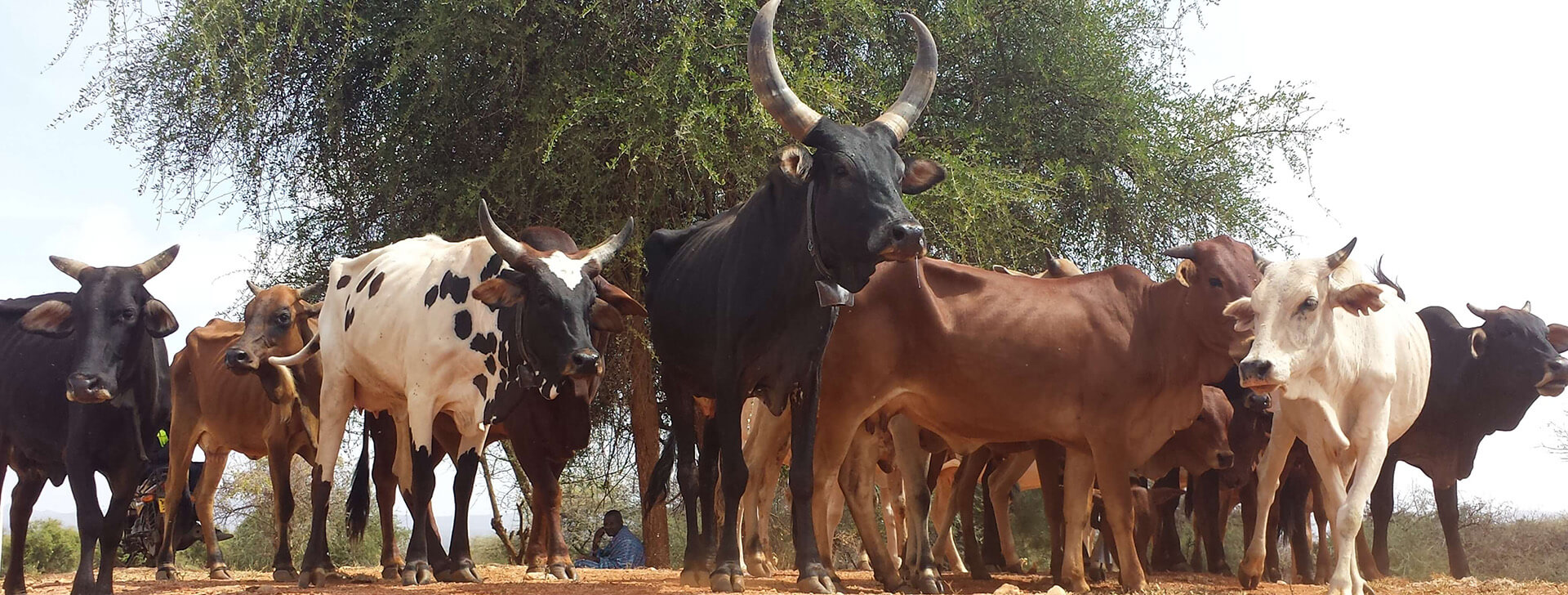
African Union Animal Resources Seed Centres of Excellence
Africa’s diverse Animal Genetic Resources (AnGR) are vital to food security, sustainable livelihoods, and economic growth, contributing significantly to GDP in many African countries. In some regions, livestock—particularly within smallholder systems—accounts for as much as 30% of GDP. However, the ongoing loss of biodiversity poses a threat to the genetic diversity of indigenous AnGR, with 23 of 154 African cattle breeds already extinct. To address this, an integrated approach to conservation has been developed under the Genetics Project, encompassing both in situ and ex situ strategies to preserve these invaluable resources.
To support these efforts, five Regional Animal Gene Banks have been established as dedicated institutions for conserving Africa’s animal genetic resources:
- Centre International de Recherche-Développement sur l’élevage en zone Subhumide (CIRDES)** – West Africa, Bobo Dioulasso, Burkina Faso
- Department of Agricultural Research (DAR)** – Southern Africa, Gaborone, Botswana
- National Animal Genetic Resource Centre and Data Bank (NAGRIC & DB)** – Eastern Africa, Entebbe, Uganda
- University of Dschang – Central Africa, Dschang, Cameroon
- Banque Nationale de Gènes (BNG) – North Africa, Tunis, Tunisia
These gene banks play a crucial role in preserving the genetic diversity of African livestock, safeguarding against biodiversity loss, and ensuring sustainable food systems for future generations.
